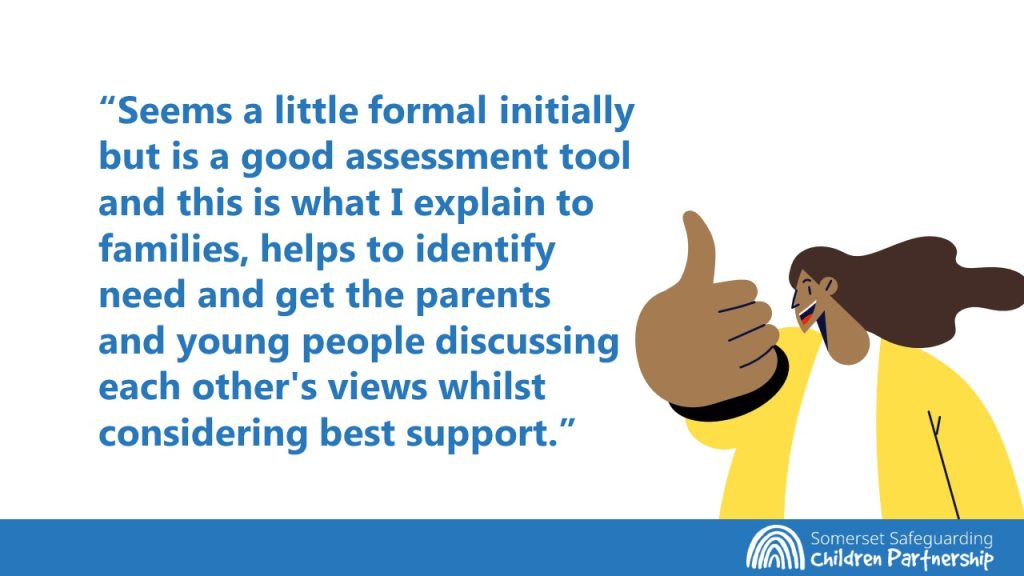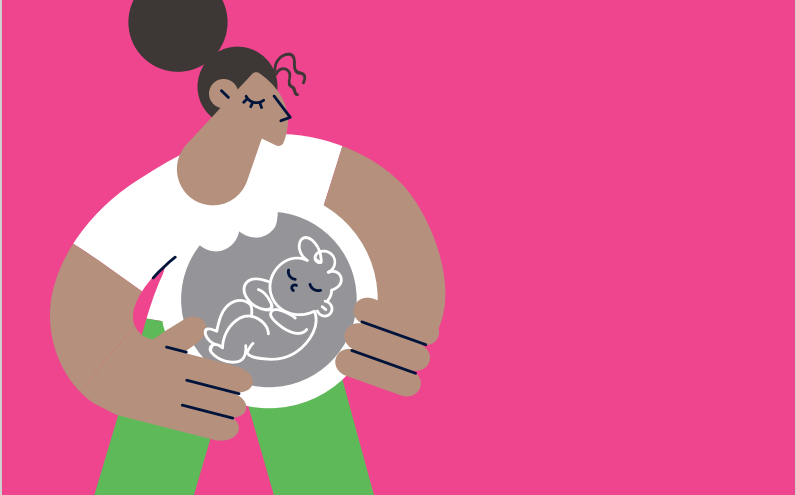
“We need a system which makes it easy to safeguard children, not makes it harder“
In 2024 we consulted with over 350 of you and you told us:
The Early Help Assessment gives access to a range of services in one place, and when completed properly the EHA can help to get a clear idea of what is going on for a family and for them to see their identified strengths. However, you also said that the EHA does not always promote an empowering process for children and families, or easily facilitate a multi-agency approach to assessment of need.
When we asked you what you mostly use the Early Help Assessment for, 68% said making referrals to children’s services, 22% use it as an assessment tool, and 10% use it to request support services.
Six themes were raised:
- Practitioner confidence
- Thresholds and criteria
- Information sharing
- Consent
- Impact on capacity
- Accessibility and format
We listened and presented recommendations based on what you told us, to the SSCP multi-agency partners.
Because the Early Help Assessment is such an important resource the SSCP raised a multi-agency task and finish group to consider the recommendations and undertake changes to help improve the Early Help Assessment.

What we have achieved so far:
1 – Streamline the assessment process
The form was updated to remove any unnecessary elements.
The Personal Data section (page 2) has now become a link to a privacy notice which can be accessed HERE
Support Services (section 9) – Services that no longer use the EHA as a pathway to request support have been removed, and guidance for services that use the EHA has been updated on Professional Choices.
2 – Improve information sharing and enhance multi-agency collaboration
The EHA encourages collaboration between agencies involved to enable a holistic approach to assessing and supporting children and families. Multi-agency use of the Team Around the Family (TAF) process will be promoted in 2025 to enhance partnership collaboration and address the needs of children and families more effectively.
3 – Provide clarity around consent
Consent (Agreement to request support – section 3) has been updated to provide clarity around when consent is required to improve practitioner confidence and align with current guidance. Consent options have been revised to help practitioners understand when consent is needed, especially in acute safeguarding cases where consent has not been sought or given.
Additionally, the partnership has produced multi-agency guidance and training for practitioners on information sharing and consent that is now available on the SSCP website HERE
4 – Evaluations and feedback mechanisms
The Partnership will continue to evaluate the Early Help Assessment to promote continuous improvement of the assessment process based on learning and feedback from practitioners, children and families.
5 – Training and development
Use of the Early Help Assessment is embedded into SSCP training at all levels to raise awareness and emphasise its use as an assessment tool to identify needs at the earliest opportunity.
SSCP multi-agency training can be found and booked HERE
Next Steps:
- The updated Early Help Assessment can be found HERE
- The current Early Help Assessment Practitioner Guidance document will be reviewed in 2025 to consider ‘what makes a good early help assessment’ and link better to the Somerset Effective Support document.
- There is continued work led by Somerset Council to consider options for the format and process for the Early Help Assessment. This may also involve using a different website to host it.
- The SSCP will continue to promote guidance on the Early Help Assessment and Team Around the Family processes to improve identification and support of child/family needs early.

